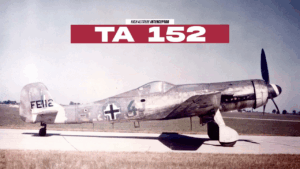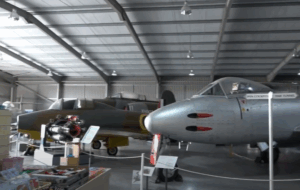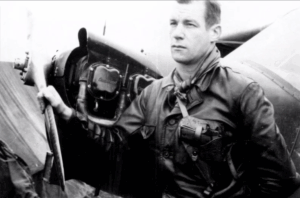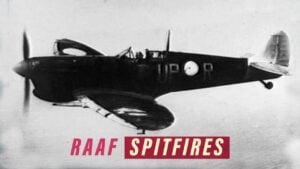The 3 Major Design Flaws Of The B-24

YouTube / Down The Rabbit Hole
The B-24 Liberator, an American heavy bomber, holds a significant place in aviation history. However, despite its many advantages, the B-24 had 3 notable flaws that affected its performance:
1. Davis Wing Dilemma
View this post on Instagram
While its expansive wings facilitated high cruise speeds, huge bomb loads, and unparalleled range, they burdened the B-24 with a higher wing load compared to its counterpart, the B-17.
2. Low Service Ceiling
For Liberators, flak became an ominous nemesis, amplified by their lower service ceiling compared to the B-17.
View this post on Instagram
This vulnerability rendered them prime targets for enemy fire, particularly as German radar technology advanced, leading to a surge in downed aircraft as the conflict raged on.
3. Poor Flying Characteristics
Pilots wrestled with the B-24’s maneuverability, struggling to maintain formation during chaotic bombing missions. Only with the advent of escort fighters did these lumbering giants find reprieve from enemy assaults.
View this post on Instagram
These limitations weren’t just flaws; they epitomized strategic tradeoffs. In hindsight, this proved integral to the Liberator’s success, ensuring it could rain destruction from afar.




















